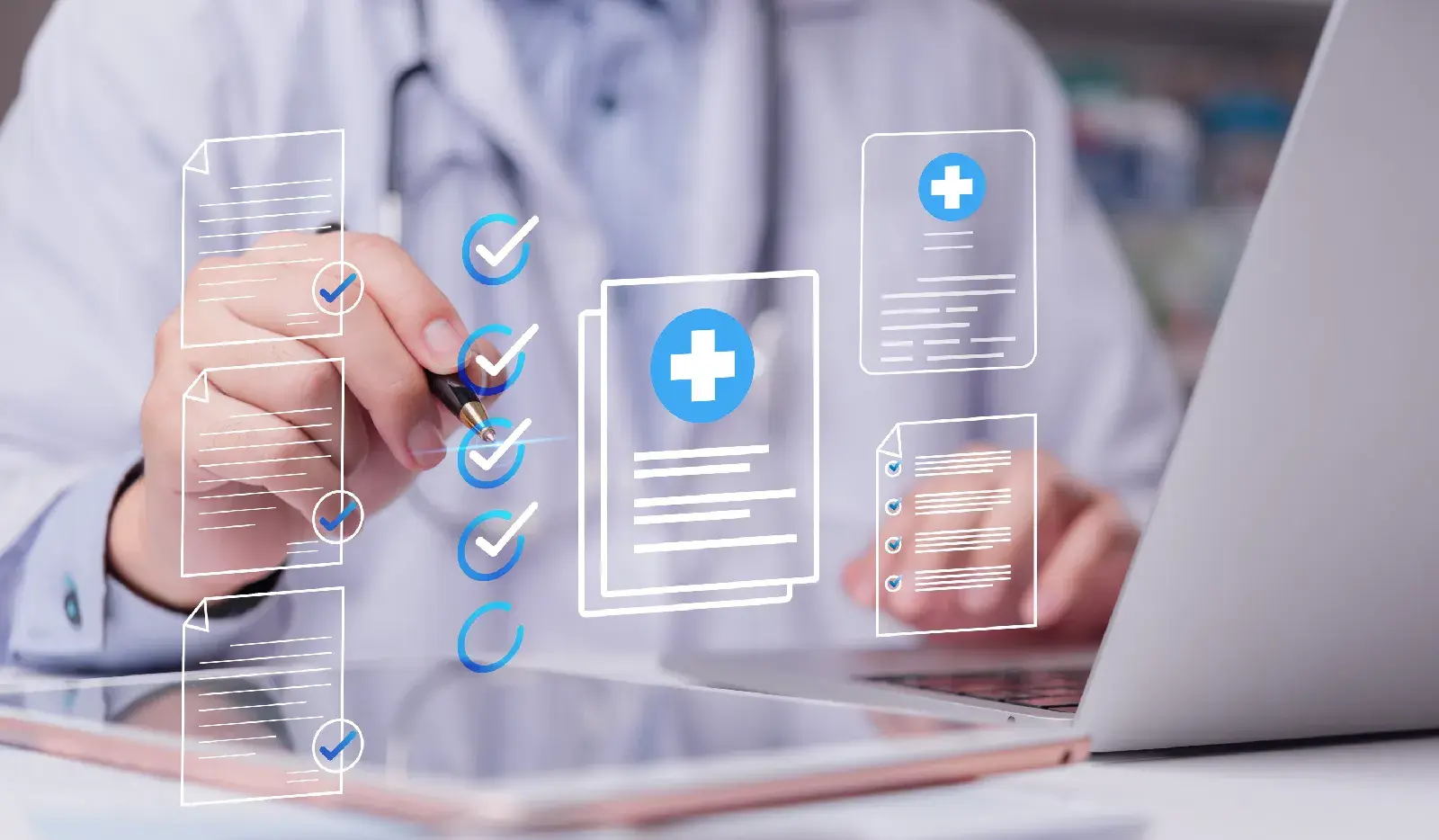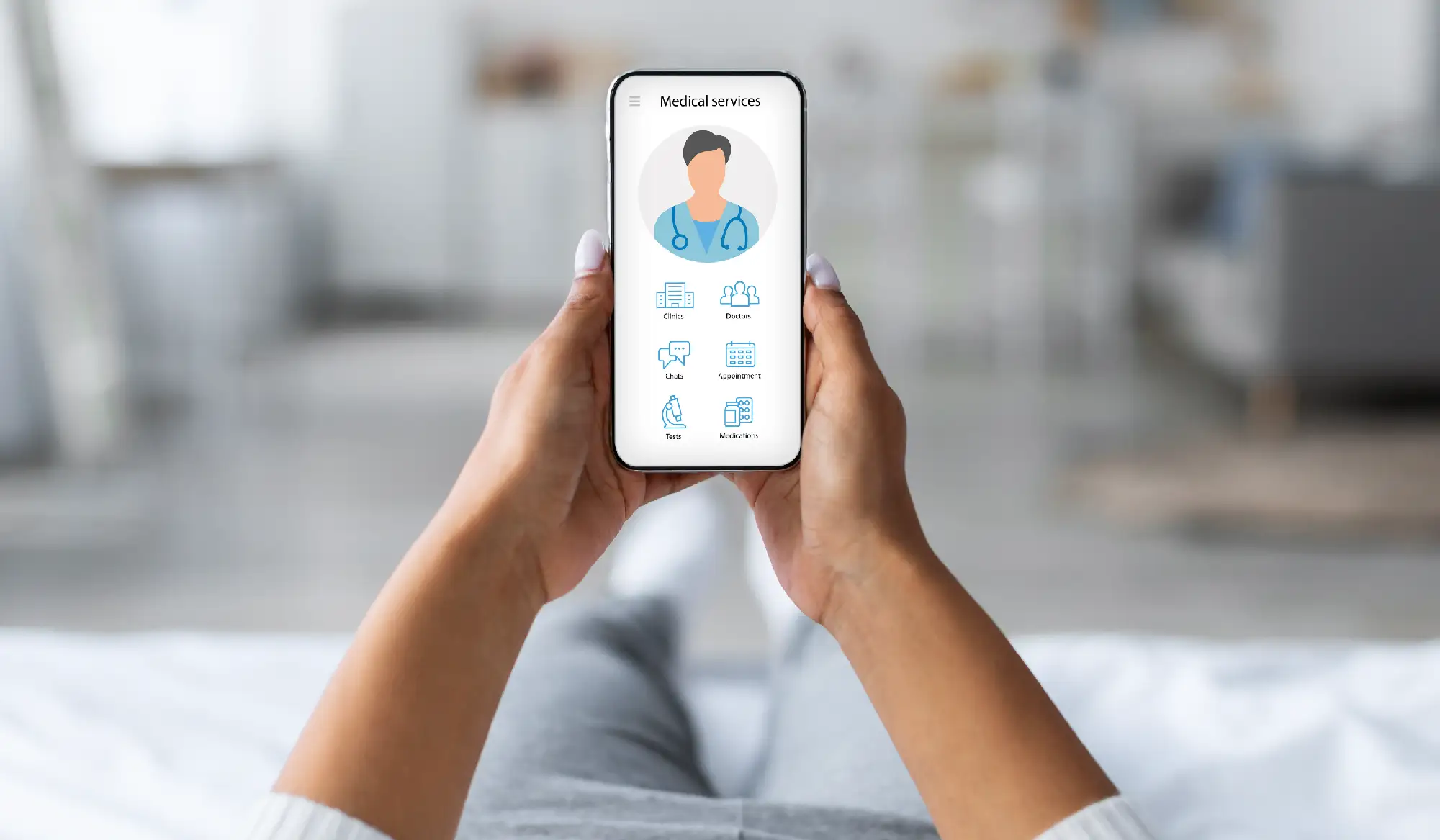The way doctors and clinics manage patient information has changed a lot over time. In the past, people wrote everything by hand on paper records. Today, most health care providers use digital tools to keep track of patient data. These tools are called Electronic Health Records, or EHR systems.
This change from paper charts to digital health records has helped improve patient care, reduce mistakes, and save time and money. It has also made it easier for healthcare professionals to share important medical history and clinical data.
In this blog, we'll take a closer look at the history of electronic health records (EHR). You'll learn where EHRs came from, why they matter, and how they keep getting better thanks to new health information technology.
What Are Electronic Health Records?
Electronic health records are digital versions of a patient's medical record. They include everything from health information and medical history to test results, prescriptions, and treatment plans.
Unlike paper records, EHRs are stored on computers or in the cloud. Doctors, nurses, and other care team members can access patient information easily—even remotely.
The main goal of EHR systems is to improve patient safety. They help doctors avoid medical errors and remind doctors about drug interactions. They also make it easier to track a patient's care over time. EHRs also create big cost savings by cutting down on paperwork and improving communication.
The Early Days of EHR: Where It All Began
The idea of digital health records started many years ago. In the 1960s, computers were still new, but some hospitals and researchers started looking for ways to use them in health care.
One of the biggest steps forward came in 1969. Dr. Larry Weed created something called the Problem-Oriented Medical Record (POMR). This system helped doctors organize patient data by listing the patient's problems and tracking how they were treated. It was a big deal at the time and is still part of how modern EHR systems work today.
In the 1970s and 1980s, some hospitals began using early digital systems. A good example is the Veterans Health Administration's VistA system—one of the first to use computers to manage patient records. While these systems were still basic, they showed what was possible.
EHR Milestones: How EHR Systems Have Grown Over Time
The path from simple computers to today's powerful EHR systems happened step by step. Here are some key moments:
1970s-1980s: Early Experiments
Hospitals started using custom computer systems. These early systems mostly stored simple health information like names, allergies, and test results. They were hard to use and very expensive, but they helped start the digital health movement.
1990s: Electronic Medical Records Appear
In the 1990s, electronic medical records (EMRs) became more common. These were like digital versions of paper charts. However, they usually stayed in one office or hospital and couldn’t be shared easily. They improved patient safety, but sharing patient data between providers was still a problem.
2000s: The Government Pushes for EHR Adoption
In 2009, the U.S. government passed a law called the HITECH Act. This law gave money to hospitals and clinics that switched to EHR systems. It made a big difference. More doctors and clinics started using EHRs, and the technology began to improve quickly.
2010s-Now: Cloud, Mobile, and AI
EHRs have become much more powerful. Most systems use the cloud, which means health records can be safely stored online. Doctors can access patient information from phones, tablets, or laptops. Some EHR systems even use artificial intelligence (AI) to help spot problems and suggest treatments.
Why EHRs Matter in Today's Health Care?
Using EHR systems have many benefits for patients and providers. Here's why they're so important in modern health care:
-
Better Patient Safety
EHRs help reduce medical errors. For example, they can warn a doctor if a patient is allergic to a medicine or if two drugs might not work well together. They also track test results and help ensure that nothing is missed.
-
Stronger Communication
Healthcare professionals can easily share patient data with other doctors, nurses, or specialists. This helps the care team work together, even if they're in different places.
-
Faster Access to Patient Information
With EHRs, doctors don't need to dig through paper files. They can quickly find a patient's full medical history, test results, and past treatments. This saves time and helps doctors make better decisions.
-
Cost Savings
Going digital means less money spent on printing, filing, and storing paper records. It also means fewer mistakes, fewer repeat tests, and smoother office operations. All of this adds up to big cost savings for clinics and hospitals.
-
Evidence-Based Decisions
Modern EHR systems can give doctors reminders, alerts, and treatment tips based on evidence-based guidelines. This helps make sure every patient gets the right care at the right time.
Technology That's Changing EHRs
New technology keeps making electronic health records better. Here are some tools and trends that are shaping the future of EHRs:
- Cloud Computing: Makes it easy to access and store health information from anywhere.
- Mobile Access: Lets doctors and nurses check patient records on smartphones and tablets.
- Artificial Intelligence (AI): Helps doctors see patterns in patient data, flag risks, and suggest treatments.
- Telehealth Integration: Connects EHRs with virtual care visits, making remote health care easier.
- Blockchain Security: Adds extra protection to keep private health records safe from hackers.
These tools not only improve patient care but also make work easier for providers. They give more time back to doctors and allow patients to be more involved in managing their health.
The Future of EHRs
The journey of EHRs is far from over. As technology keeps getting better, EHR systems will continue to improve. Here's what we can expect in the years to come:
- Even faster and easier ways to use EHRs
- Better support for mental health and wellness tracking
- Smarter alerts to avoid medical errors
- More tools for patients to view and manage their own health records
- Better use of clinical data to guide public health decisions
With these changes, healthcare professionals will be able to provide better patient care. There will be fewer delays, fewer mistakes, and more personal attention for every patient.
Conclusion: From Paper Charts to Powerful Tools
From handwritten paper charts to today's digital systems, the story of electronic health records shows how much health care has changed. EHRs are more than digital versions of paper charts. They are tools that help improve patient safety, reduce costs, and enhance patient care.
As more healthcare workers use EHR systems, and new technology improves them, we will see a stronger and safer health care system.
EHRs help keep patient data safe. They support decisions based on evidence. They also ensure that every patient record is complete, accurate, and easy to find. They play a key role in modern health care—and people continue to write their story.
How PCIS GOLD Represents the Evolution—and Future—of EHR Systems
As this article has shown, electronic health records (EHRs) have evolved dramatically—from early experiments in the 1960s to today’s cloud-based, mobile-accessible, AI-enhanced systems. But not every solution on the market has grown with that history. PCIS, however, has been there from the start.
PCIS has been developing healthcare software since the 1980s, during the earliest phases of digital medical records. As EHR systems became more widely adopted—and later backed by the government—PCIS consistently met certification requirements to ensure full compliance with federal standards. This ongoing commitment reflects a deep understanding of the regulatory landscape and the critical importance of patient safety and reliable health records.
Here’s what makes PCIS GOLD a natural next step in the EHR journey:
- All-in-One EHR & Practice Management Platform: Charting, scheduling, billing, and patient information management—fully integrated for consistency and accuracy.
- Genuine Cost Savings: Automates tasks and reduces paperwork, freeing up resources and minimizing redundancies.
- Built on Clinical Feedback: Designed around the actual challenges healthcare professionals face every day.
- Reliable, Person-Centered Support: PCIS prioritizes customer service as much as software—ensuring that health care workers have expert help whenever they need it.
- Patient Engagement tools: Secure messaging, online forms, and reminders that keep patients involved in their care.
- Health Insights Dashboards: Turn raw patient data into clear actions, helping you spot trends and improve outcomes.
- Fast and Friendly Onboarding: Our experts guide you every step of the way.
For decades, PCIS has been part of the digital transformation in health care. PCIS GOLD continues that legacy—offering a future-ready, patient-centered system built to support providers every step of the way.
Want to see how PCIS GOLD can support your practice’s EHR journey? Reach out for a quick demo and discover how history, innovation, and experience come together in one powerful platform.
Helpful Resources and Sources:



